Latest

Exploring quantum gravity with pendulums
If experimentally proven that gravity is classical, we will have to start from the beginning in a search for a satisfactory ontological picture of the world.
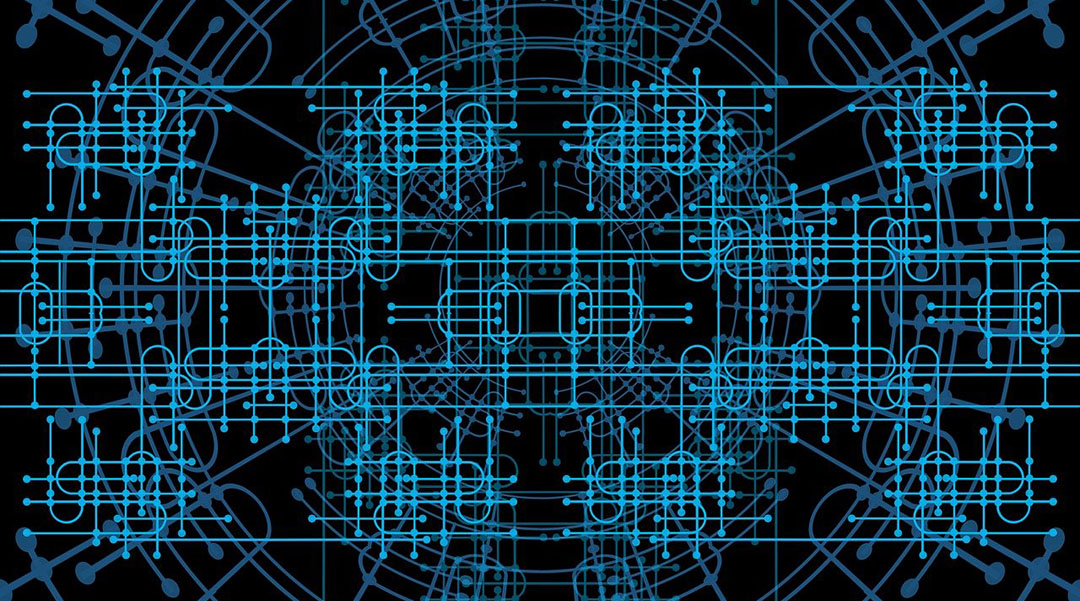
New algorithm unlocks the power of quantum machine learning
A new study targets feature selection, a key step in machine learning where the algorithm determines which parts of the input data are most relevant to making accurate predictions.
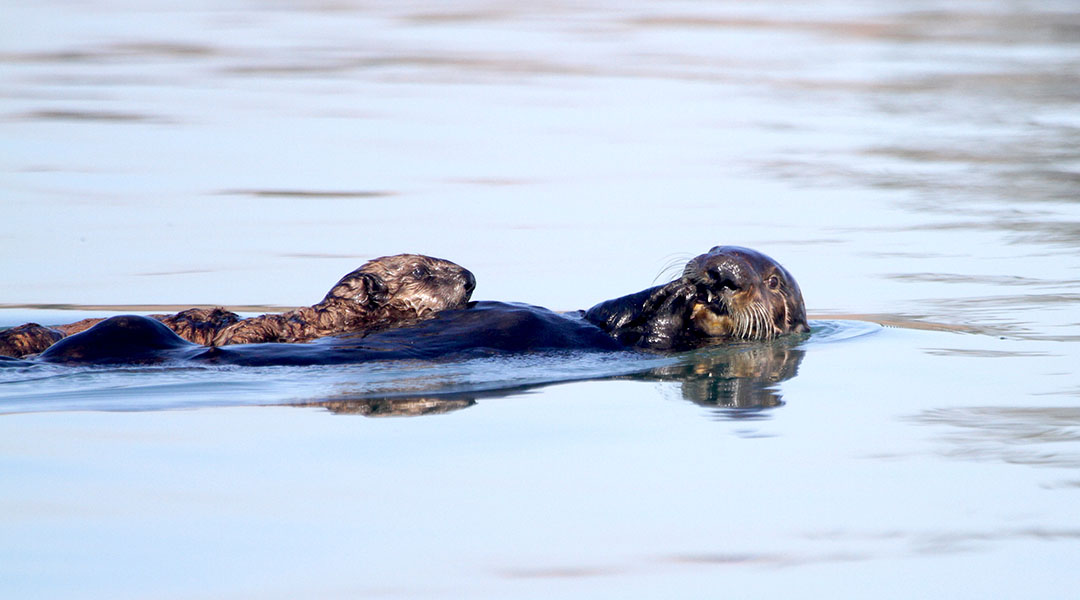
The hidden cost of human disturbance on California’s sea otters
A comprehensive study by Sea Otter Savvy reveals the significant energy costs of human disturbance on sea otters, highlighting the need for better conservation practices to protect these vulnerable marine mammals.

Nanosheet catalysts for affordable hydrogen fuel production
Researchers have developed efficient catalysts by combining palladium with organic molecules, significantly reducing the cost of hydrogen fuel production.
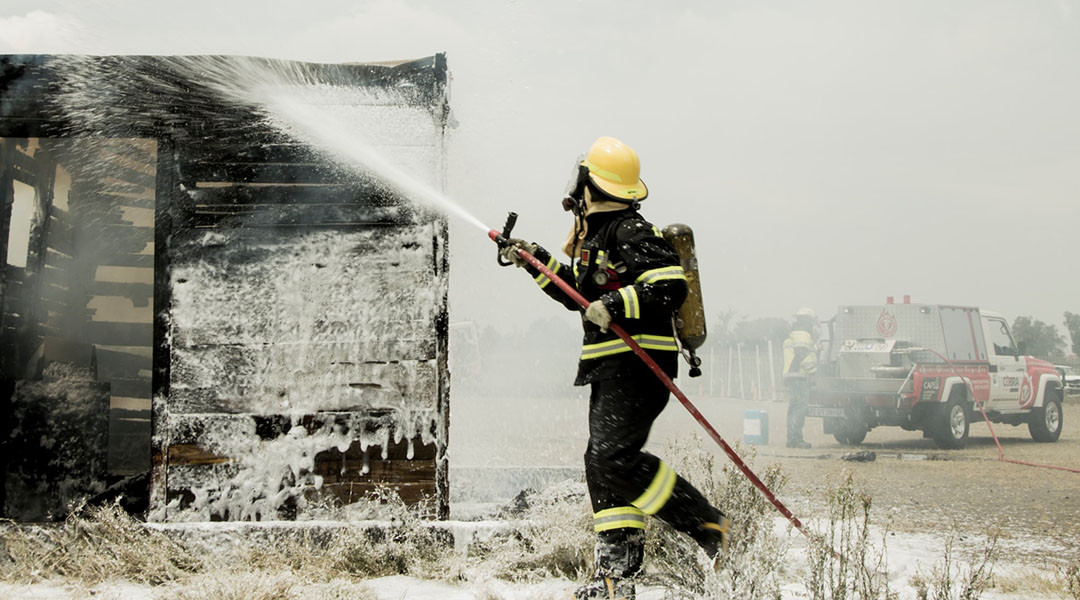
Firefighters may have a higher risk of genetic mutations linked to brain cancer
Chemicals found in fire extinguishers have been linked to mutations in brain tumors of firefighters.
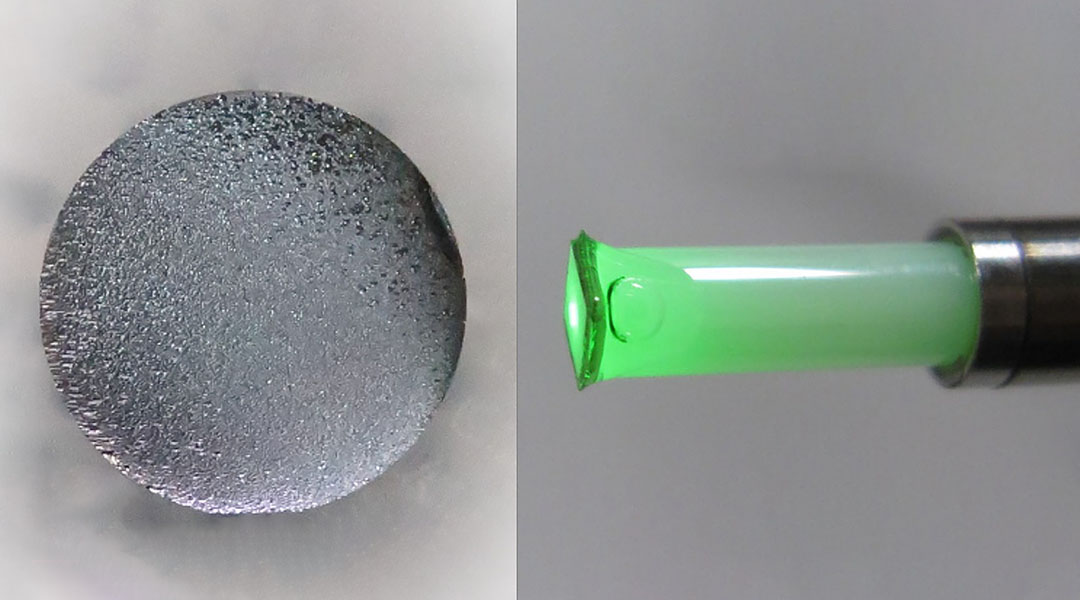
Low-cost quantum sensors could enhance EV battery monitoring
These low-cost quantum sensors detect tiny magnetic field changes and could help identify early battery issues in electric vehicles.
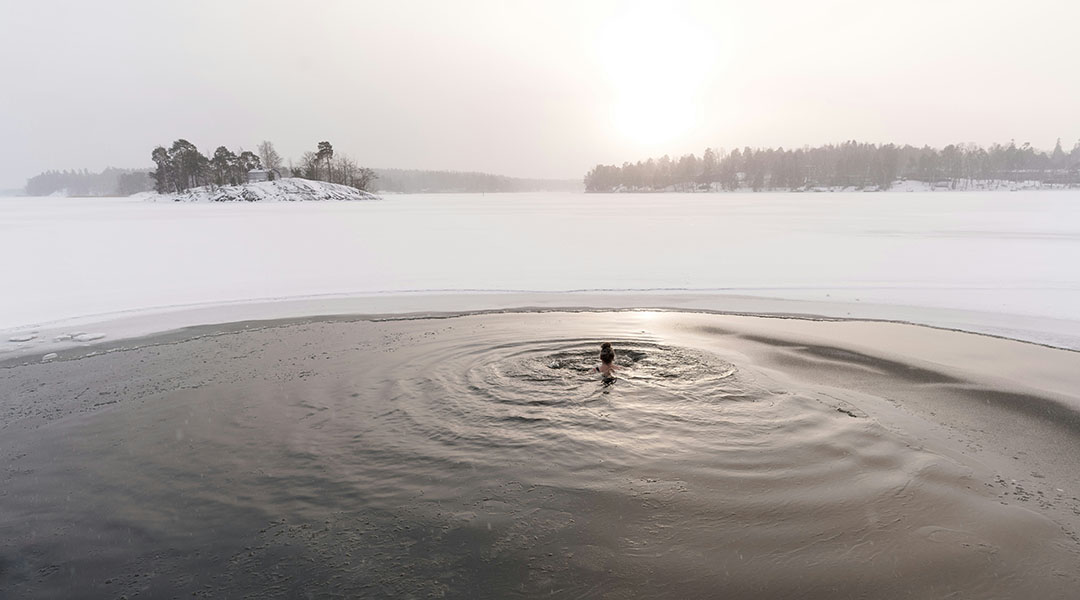
Cold shock from ice baths leads to stronger cells
New study reveals how repeated cold-water exposure enhances the cellular defenses, promoting adaptation to extreme temperatures.
ASN Weekly
Sign up for our weekly newsletter and receive the latest science news directly to your inbox.
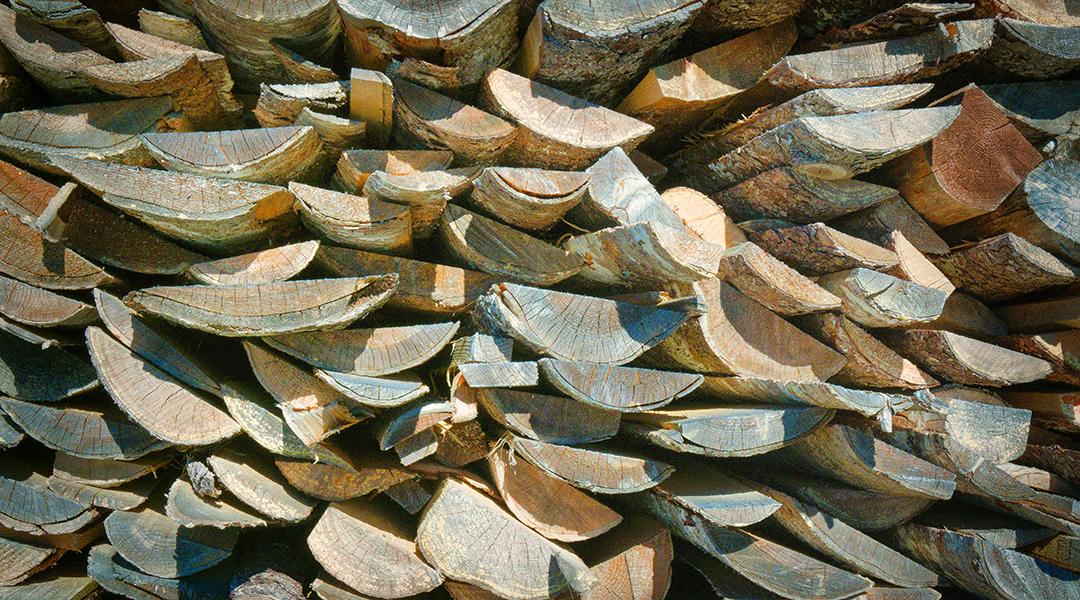
How carbon dioxide and biomass could become resilient, sustainable food sources
As valuable resources dwindle and environmental risks loom, reducing our dependence on traditional agriculture is becoming necessary.
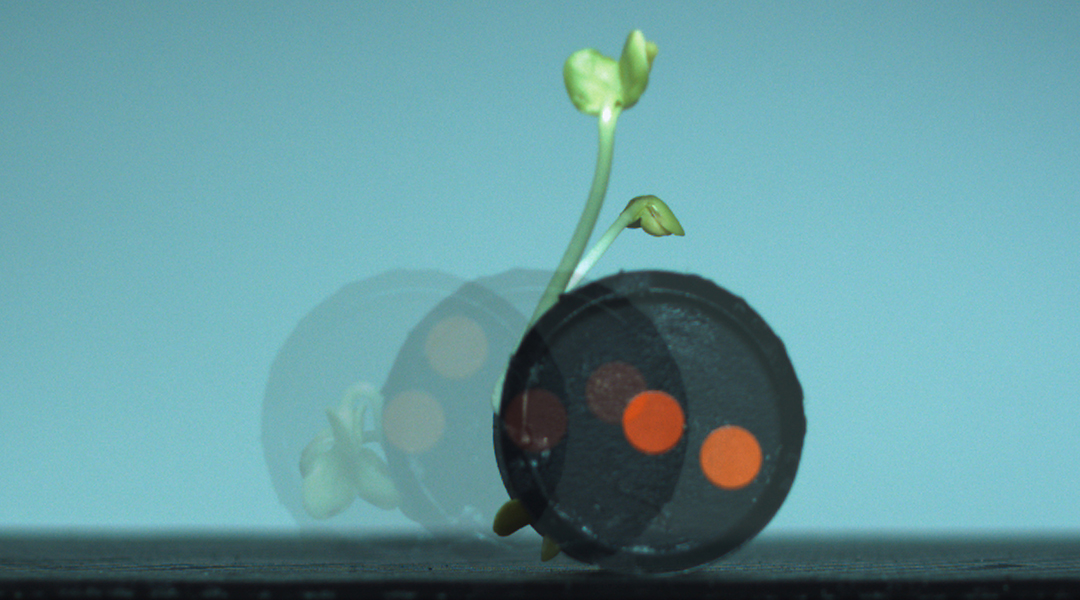
A robot made from radish sprouts and the rise of plant-based machines
Radish sprouts power a new wave of eco-friendly robots that move, grow, and could even be eaten after their work is done.
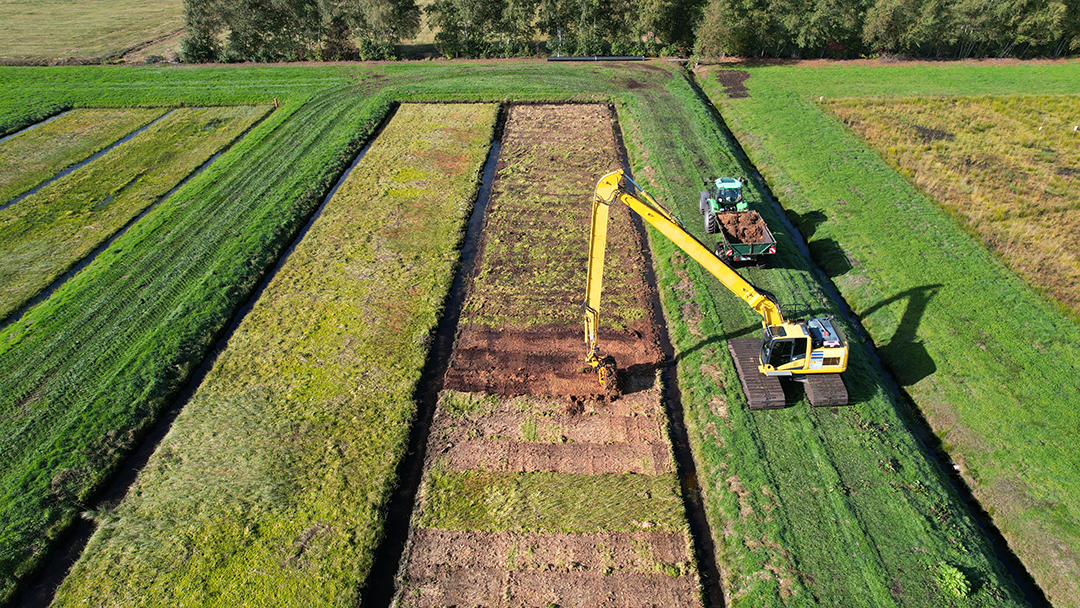
Wetlands can be recovered with the right plants, and that’s good news for the planet
Scientists are reviving lost wetlands using paludiculture, blending ecology and economy to combat climate change and restore biodiversity.

Glimmers in the cosmic dawn: New observations challenge theory of supermassive black hole formation
Hubble’s deep near-infrared campaign reveals more supermassive black holes in the early universe than previously expected.
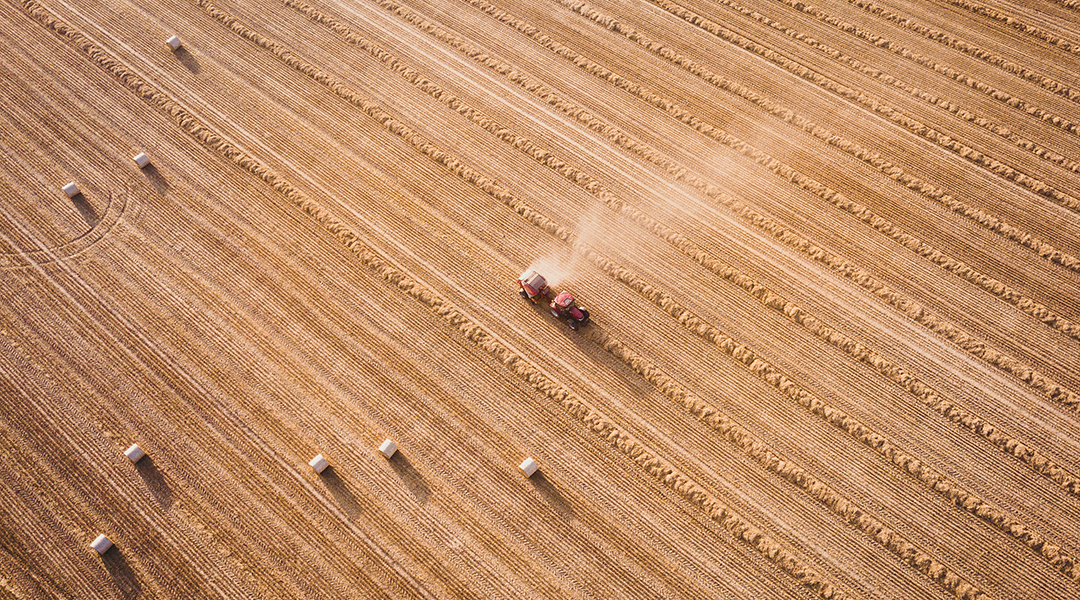
Farming under solar panels: The promise of agrivoltaics in the fight for net-zero
Combining agriculture with solar energy, agrivoltaics offers a promising solution to reduce carbon emissions while boosting food production.

Constantly touching our faces linked to memory and facial hair density
People all over the world touch their faces up to 800 times per day—researchers wanted to know why.
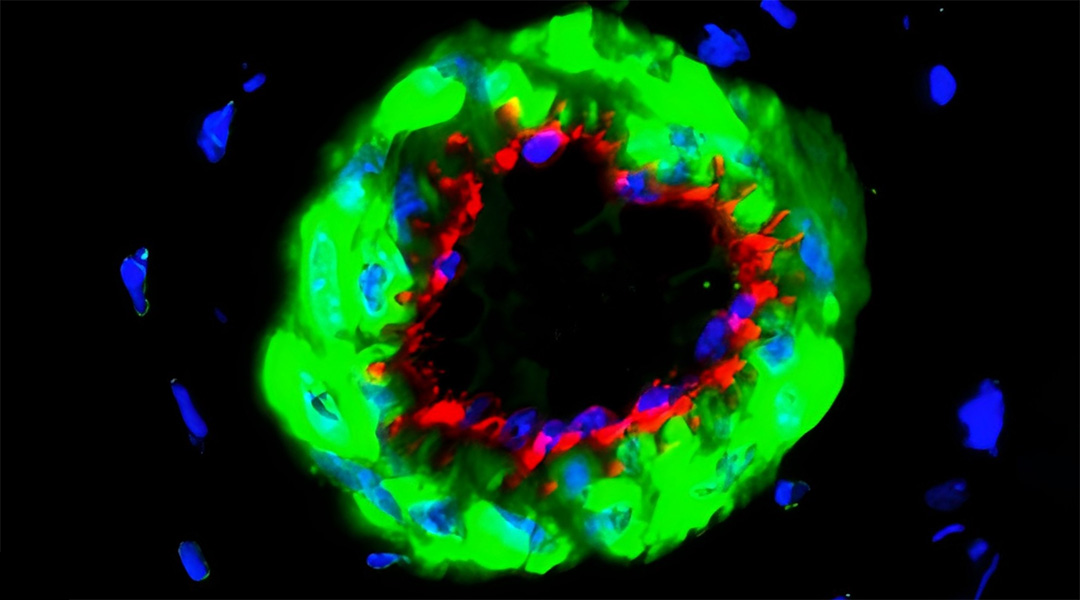
Tiny vesicles could help prevent amputations in diabetic patients
This safer, non-surgical treatment for diabetic limb ischemia could help patients with severe blood flow complications.
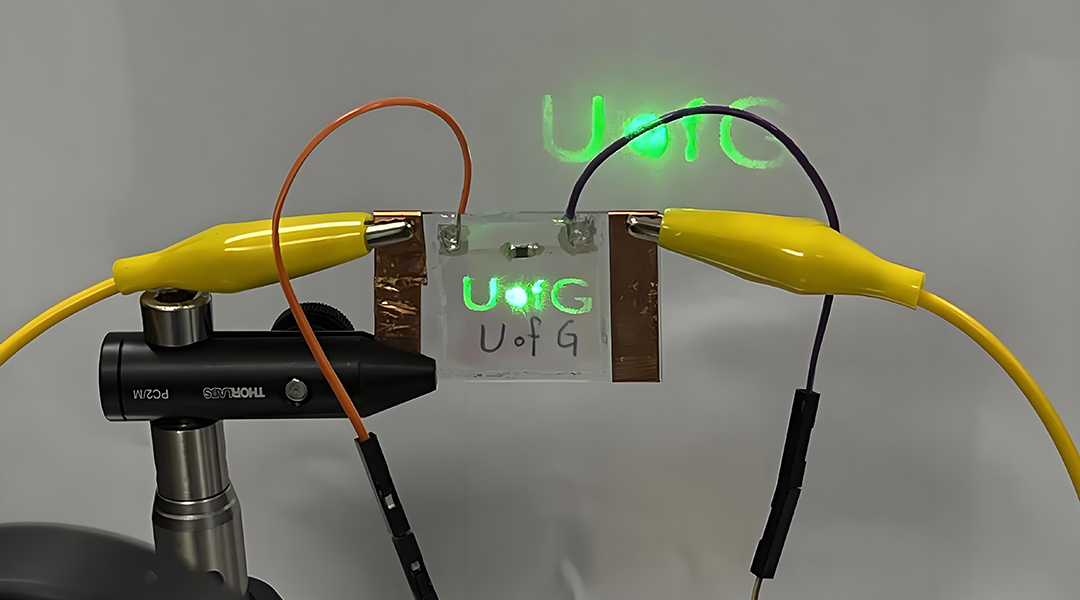
Liquid crystals bring a smoother switch between augmented and virtual reality
Temperature-sensitive materials seamlessly switch between VR and AR in headsets, paving the way for better extended reality experiences.
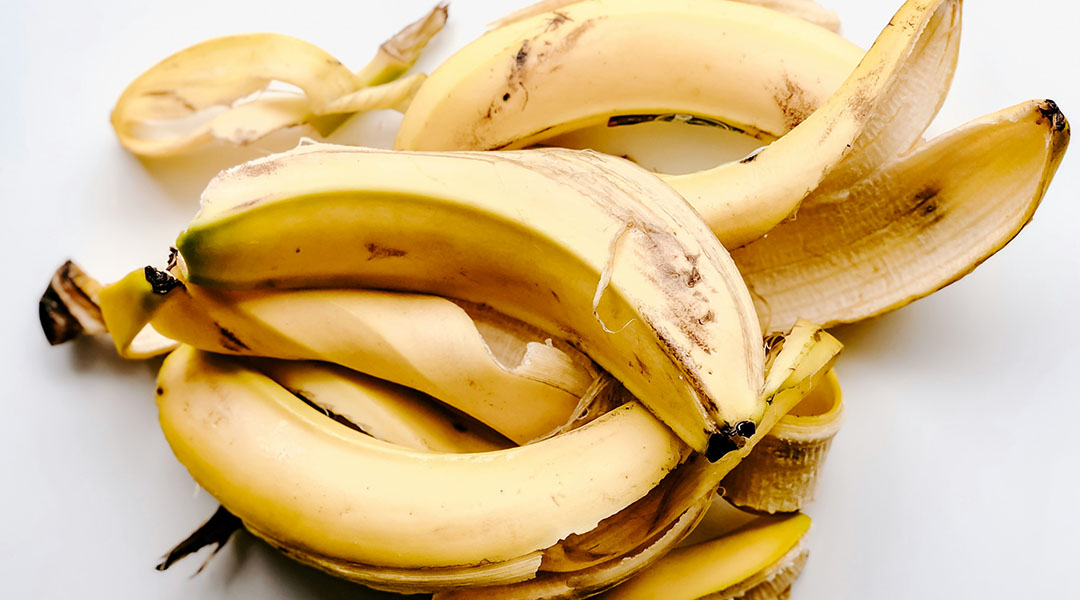
Turning banana peels and coconuts into clean energy
Researchers develop a device that generates clean energy from food waste, using banana peels and coconuts to power communities sustainably.
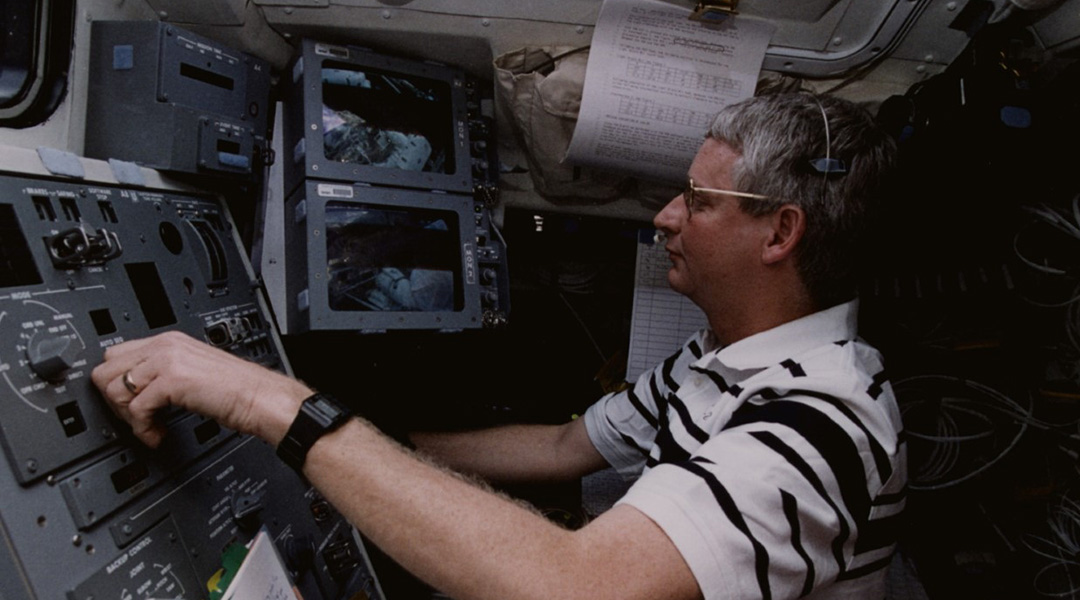
Steven Hawley: “I’ve always enjoyed the progress we made”
Astrophysicist and retired NASA astronaut Steven Hawley takes us through his fascinating career.
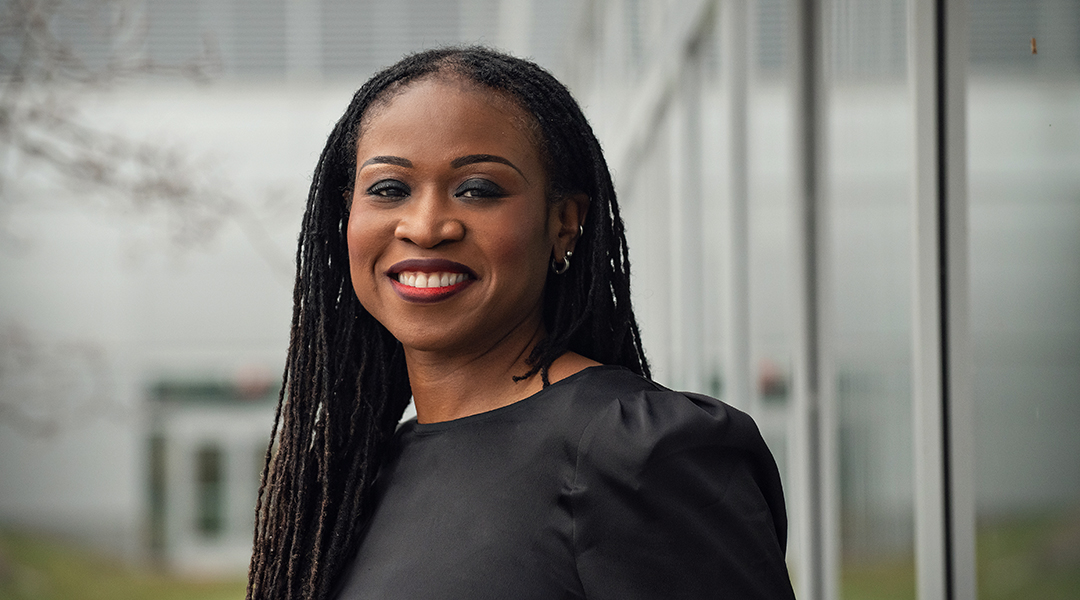
Lola Eniola-Adefeso: “When you feel you belong, everything becomes easy to tackle”
Chemical engineer and STEM advocate Lola Eniola-Adefeso deciphers components of the blood and designs therapeutic particles to help treat disease.
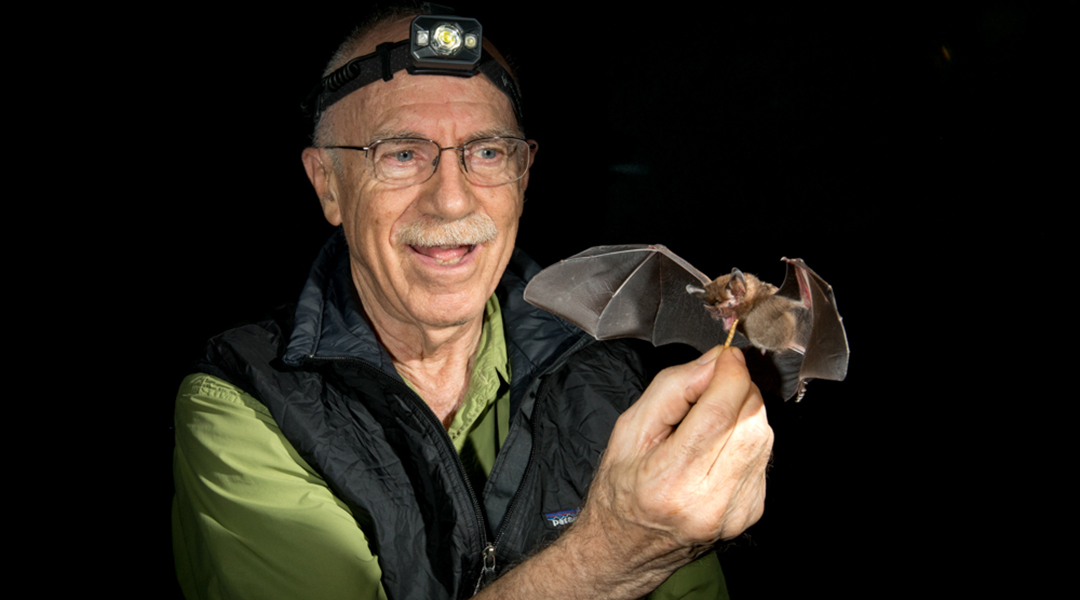
Merlin Tuttle: Helping bats helps people
Conservationist Merlin Tuttle protects bat populations worldwide through education and photography.

Madhu Bhaskaran: “As an engineer, you will always have to find a solution to problems in the world”
Professor Madhu Bhaskaran creates devices to assess the biometrics of the human body and helps patients feel again.
No Results Found
The page you requested could not be found. Try refining your search, or use the navigation above to locate the post.
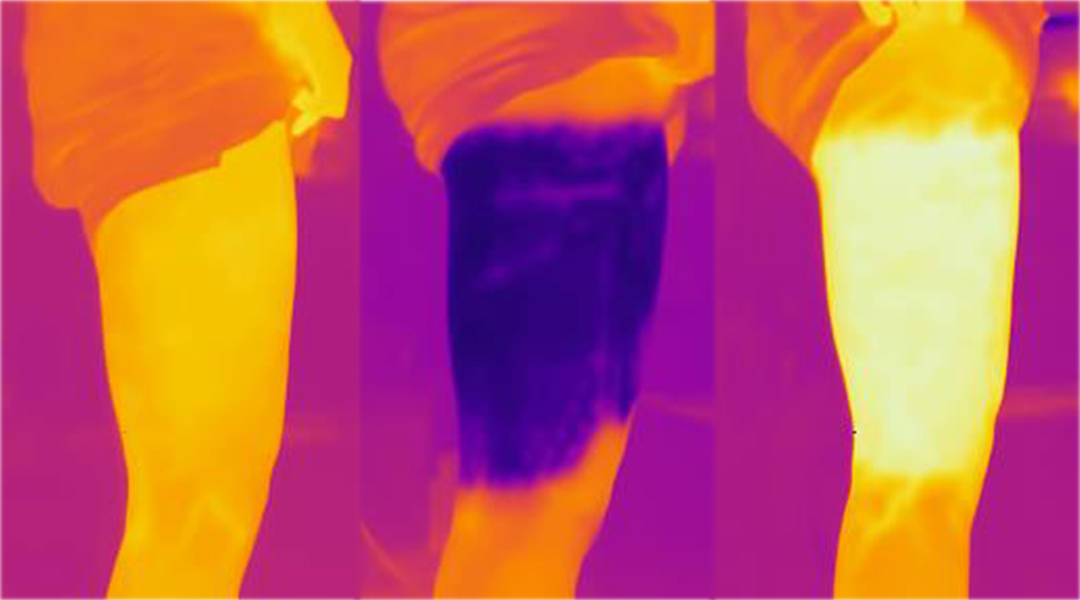
COOLWEAR: Water immersion therapy without waste
The fluidic wearable device is less wasteful when it comes to water, but equally effective alternative to water immersion therapy.
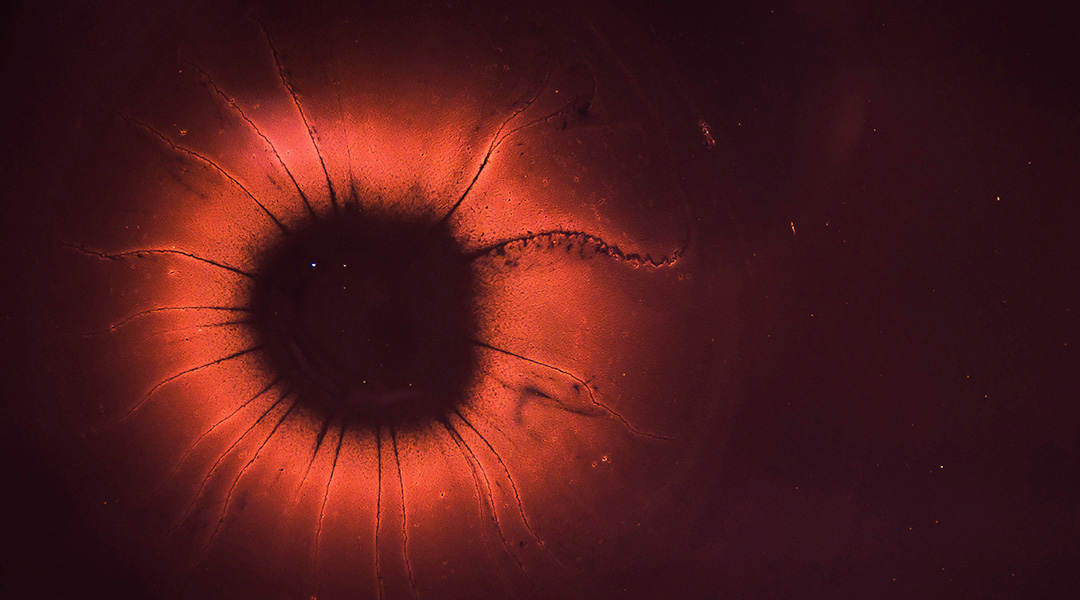
Study finds zombie cells may play a role in aging
Cells that can no longer divide may play a role in the chronic inflammation that weakens the immune system and contributes to aging.
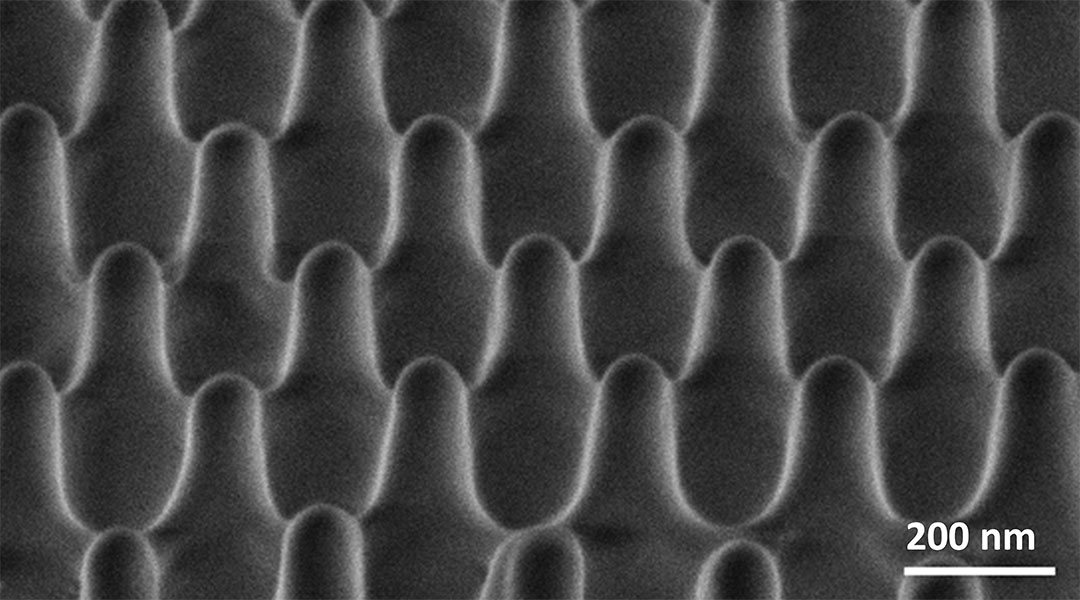
How much force does it take to kill a single bacterium?
Scientists are using nanomaterials to pressure bacteria and find new ways to combat antibiotic resistance.
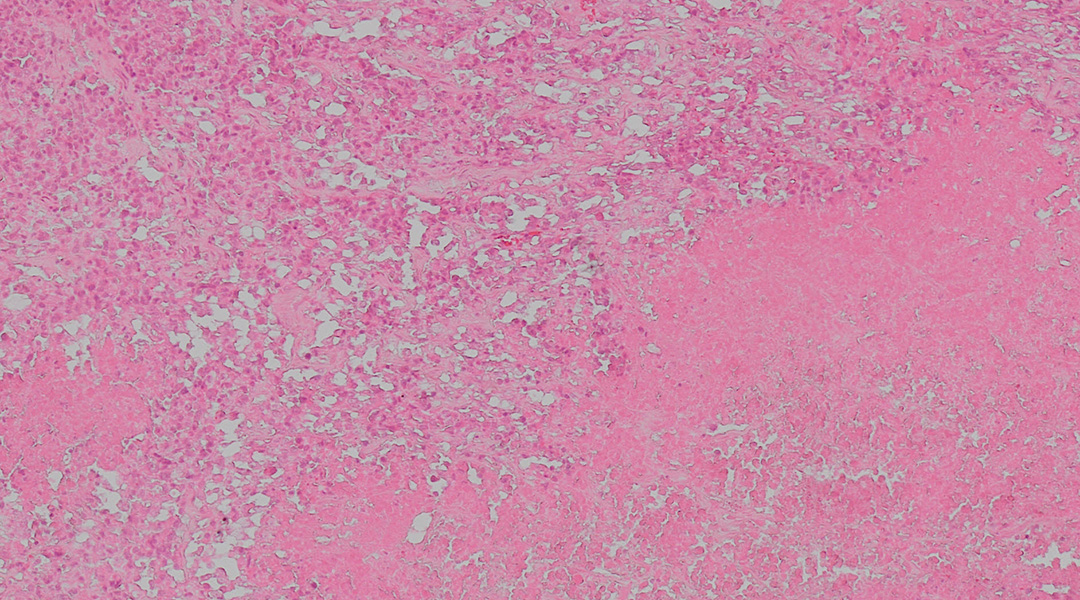
Potential new drug defeats resistant pancreatic cancer in mice
Researchers developed a laser-activated drug that targets and destroys chemotherapy-resistant pancreatic cancer cells in mice.
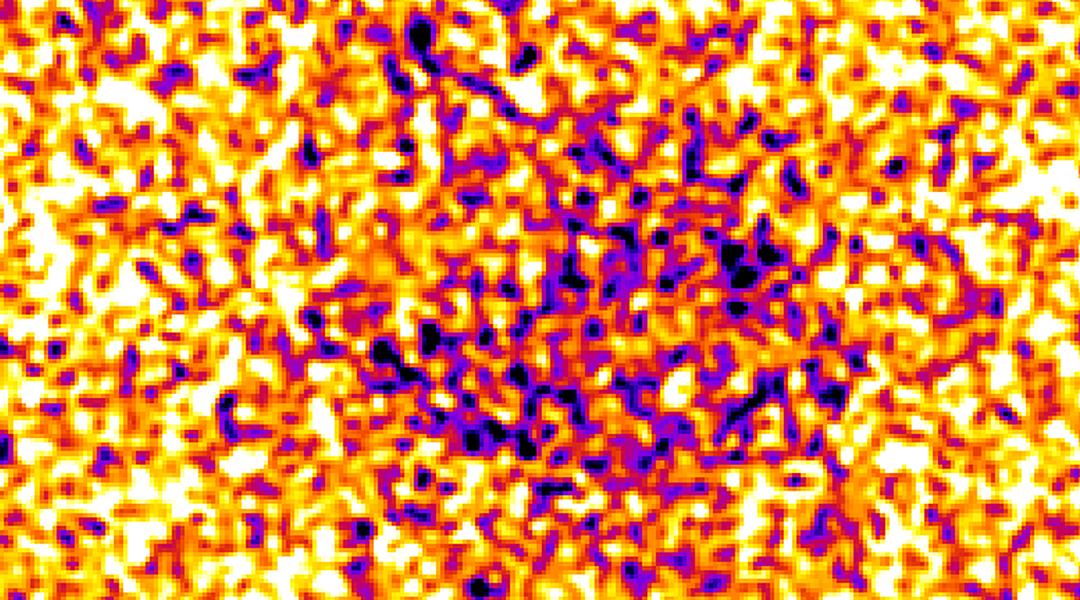
Live imaging of nanoscale biological processes achieved for the first time
Scientists have built a microscope capable of live imaging of biological processes in such detail that moving protein complexes are visible.
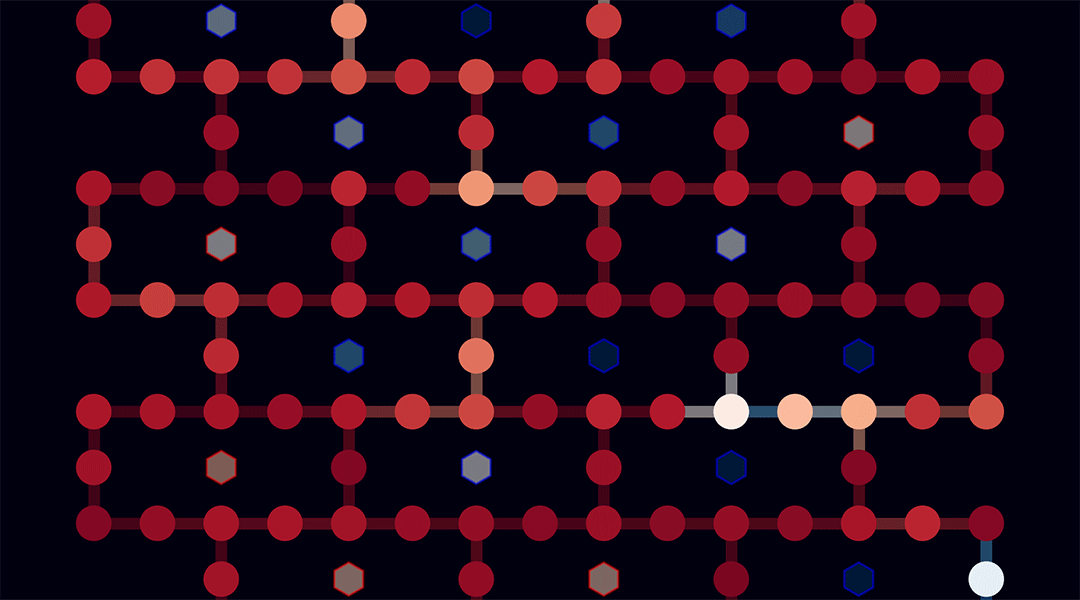
Which quantum computer leads the pack? Benchmarking entanglement could give the answer
Researchers have developed a new method to benchmark quantum computers by measuring their ability to create entangled qubit states.
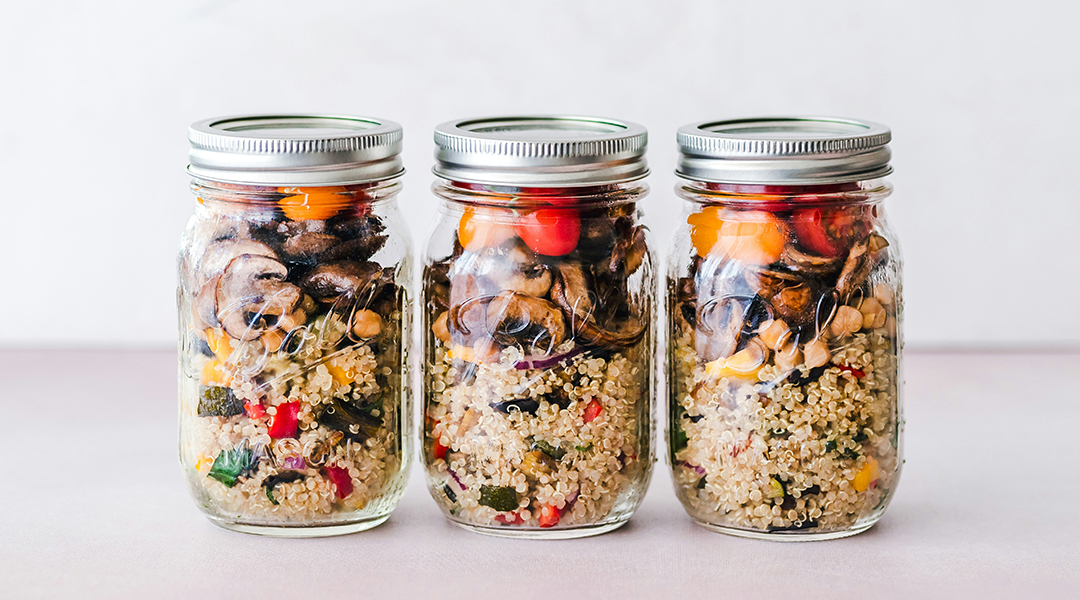
A bionic sensor “sniffs” out food freshness to cut down on waste
This visual sensor connects to your fridge and syncs with your smartphone, providing real-time updates to help reduce food waste.
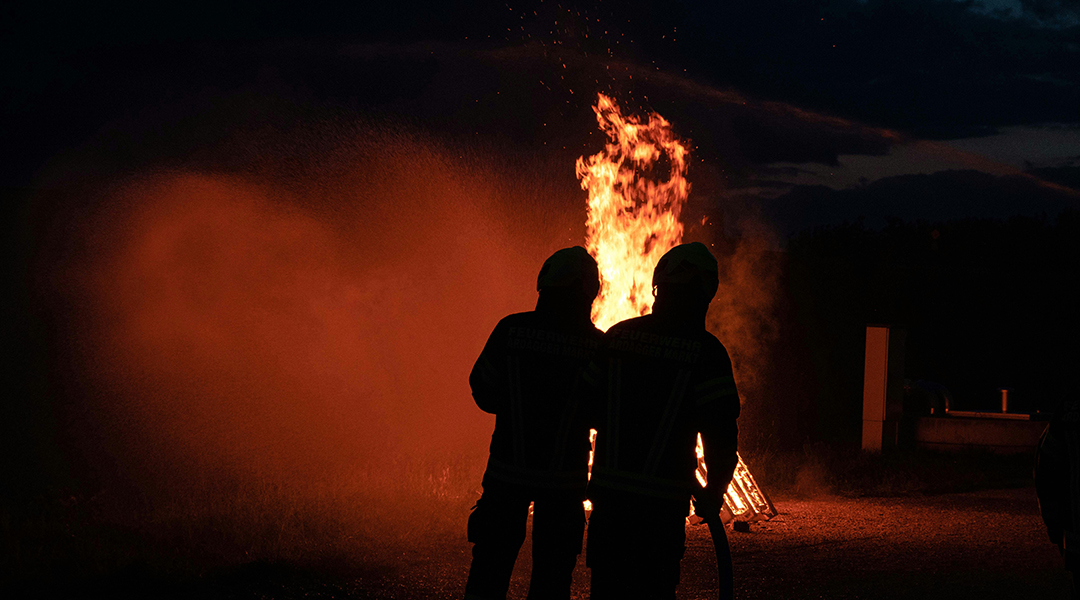
New radar system to help protect first responders in smoky situations
SmokeNav combines an inertial sensor and millimeter-wave radar to enhance situational awareness for first responders in hazardous conditions.
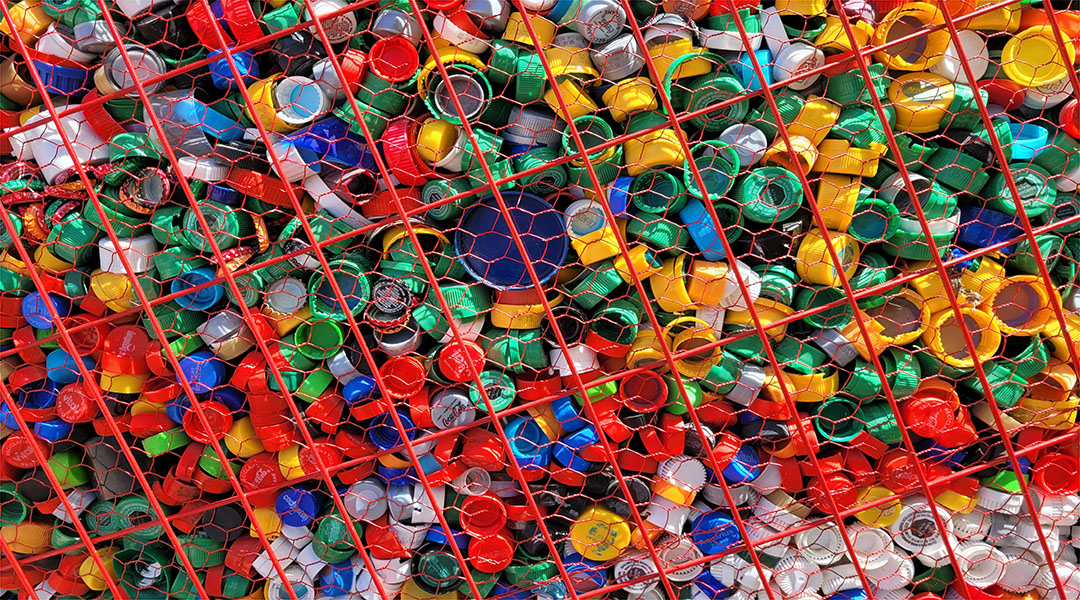
Bacteria in wastewater could be breaking plastics down for food
A common bacteria found growing on plastic in urban wastewater could provide new bioengineering solutions to clean up plastic waste.

How carbon dioxide and biomass could become resilient, sustainable food sources
As valuable resources dwindle and environmental risks loom, reducing our dependence on traditional agriculture is becoming necessary.

Wetlands can be recovered with the right plants, and that’s good news for the planet
Scientists are reviving lost wetlands using paludiculture, blending ecology and economy to combat climate change and restore biodiversity.

Farming under solar panels: The promise of agrivoltaics in the fight for net-zero
Combining agriculture with solar energy, agrivoltaics offers a promising solution to reduce carbon emissions while boosting food production.

Metasurfaces could shrink spectrometers, transforming how we observe the Universe
Metasurfaces to detect terahertz radiation are making spectrometers smaller, lighter, and more efficient for space travel.

Black hole images deliver a deathblow to alternative theory of gravity
Images of the supermassive black holes wouldn’t have been possible if mimetic gravity was the right recipe for gravity.

Samples recovered from Ryugu asteroid reveal how our solar system formed
An ancient magnetic field drew matter inward and helped form our solar system’s planets, moons, and asteroids.
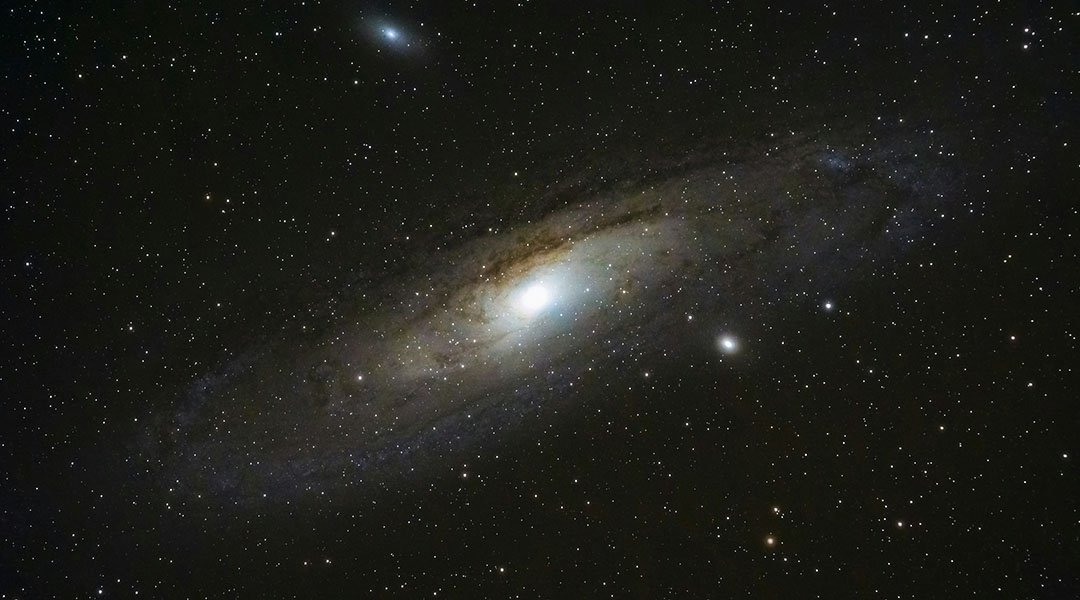
Fast radio bursts lead scientists to the origins of magnetars
Links to observational data may have revealed the nature of magnetars and the origins of their extreme magnetic fields.
